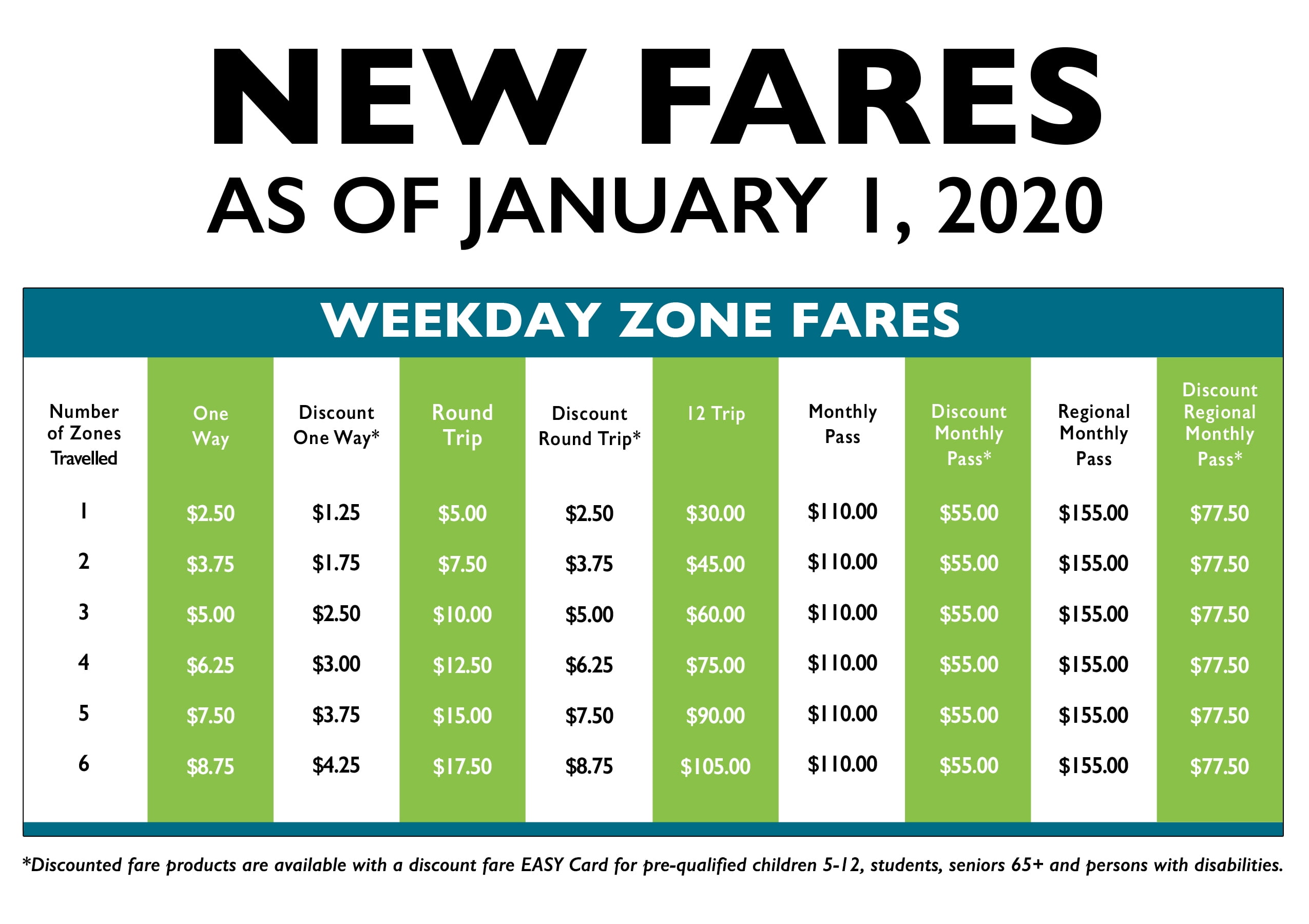Essential Guide To Tri Rail Schedule For Efficient Commuting
The Tri Rail schedule is an indispensable tool for commuters seeking an efficient and reliable mode of transportation in South Florida. As a vital component of the region's public transit system, Tri Rail connects Miami, Fort Lauderdale, and West Palm Beach, providing a convenient and eco-friendly alternative to driving. Understanding the Tri Rail schedule is crucial for both daily commuters and occasional travelers to make the most of their journeys.
For those unfamiliar with Tri Rail, it is a commuter train service that operates over 70 miles across three counties in South Florida. Its strategic route and frequent service make it an attractive option for avoiding traffic congestion and reducing carbon footprints. The Tri Rail schedule is meticulously designed to accommodate the diverse needs of its passengers, offering a range of departure times that cater to both early birds and late-night travelers.
Whether you're a seasoned commuter or a first-time rider, navigating the Tri Rail schedule can significantly enhance your travel experience. This guide will delve into the intricacies of the Tri Rail schedule, offering insights into its timetable, ticketing options, and tips for a seamless journey. By understanding the nuances of the schedule, travelers can enjoy a stress-free and efficient commute across South Florida.
Read also:Life And Achievements Of Jennifer Rauchet A Prominent Media Personality
Table of Contents
- 1. What is Tri Rail?
- 2. Importance of Tri Rail Schedule
- 3. How to Read the Tri Rail Schedule?
- 4. Tri Rail Schedule: Weekdays vs. Weekends
- 5. Peak and Off-Peak Hours Explained
- 6. Ticketing Options and Discounts
- 7. Tri Rail Schedule: Special Services and Events
- 8. How to Plan Your Commute with Tri Rail?
- 9. Tri Rail's Role in Reducing Traffic
- 10. Accessibility and Facilities on Tri Rail
- 11. Environmental Benefits of Using Tri Rail
- 12. Frequently Asked Questions
- 13. Conclusion
1. What is Tri Rail?
Tri Rail is a commuter rail line that serves the South Florida region, offering an alternative to driving along the congested highways of Miami-Dade, Broward, and Palm Beach counties. Established in 1989, Tri Rail has become an integral part of the public transportation network, providing a reliable and efficient mode of travel for thousands of daily commuters.
Tri Rail operates a total of 18 stations along its 72-mile route, connecting major cities and suburbs. This setup not only facilitates daily commuting but also supports tourism and local business by offering accessible transportation options. The service is managed by the South Florida Regional Transportation Authority (SFRTA), which ensures the smooth operation and maintenance of the rail line.
2. Importance of Tri Rail Schedule
The Tri Rail schedule is essential for planning an effective commute. It outlines the train timings, frequency, and routes, allowing passengers to choose the most convenient options. Understanding the schedule helps in minimizing wait times and ensuring timely arrivals at destinations.
For regular commuters, the schedule is a blueprint for daily travel, enabling them to synchronize their work hours, appointments, and other commitments with train departures and arrivals. For occasional travelers, the schedule provides a clear picture of available services, making it easier to plan leisure trips or attend events across the region.
3. How to Read the Tri Rail Schedule?
Reading the Tri Rail schedule can seem daunting at first, but with a few tips, it becomes straightforward. The schedule is typically divided into weekdays, weekends, and holiday services, each with its specific timing and frequency.
Key elements to look for in the schedule include:
Read also:Rediscovering The Beloved Stars Old Cast Of General Hospital
- Departure and arrival times
- Station stops
- Peak and off-peak hours
- Service frequency
Online tools and mobile apps are available to assist in navigating the schedule, providing real-time updates and alerts for any changes or delays in service.
4. Tri Rail Schedule: Weekdays vs. Weekends
The Tri Rail schedule varies between weekdays and weekends, catering to different commuting patterns. On weekdays, the service is more frequent, particularly during peak hours, to accommodate the higher number of commuters traveling to work and school.
During weekends, the schedule is adjusted to reflect reduced demand, with fewer trains operating throughout the day. However, the service is still reliable, providing ample opportunities for leisure travel or weekend errands.
5. Peak and Off-Peak Hours Explained
Understanding peak and off-peak hours is crucial for optimizing your Tri Rail travel experience. Peak hours generally occur during the morning and evening rush hours when demand for service is highest. During these times, trains run more frequently to accommodate the increased number of passengers.
Off-peak hours, on the other hand, occur during mid-day and late-night periods when fewer people are commuting. Travel during off-peak hours can be more relaxed, with less crowded trains and sometimes cheaper fares.
6. Ticketing Options and Discounts
Tri Rail offers a variety of ticketing options to suit different travel needs. Passengers can purchase single-ride tickets, round-trip tickets, or monthly passes depending on their frequency of travel. There are also discounted fares available for seniors, students, and disabled passengers.
Tickets can be purchased at stations, online, or through mobile apps, providing flexibility and convenience to passengers. It is important to be aware of the ticketing options and discounts to make the most cost-effective choices for your commute.
7. Tri Rail Schedule: Special Services and Events
Tri Rail occasionally offers special services to accommodate large events or holidays. During these times, the schedule may be adjusted to provide additional trains or modified routes to better serve the needs of passengers attending events.
Passengers should keep an eye on announcements and updates from Tri Rail regarding special services to ensure they have the most accurate and up-to-date information for their travel plans.
8. How to Plan Your Commute with Tri Rail?
Planning your commute with Tri Rail involves a few key steps:
- Check the latest Tri Rail schedule for your desired route and time.
- Purchase your ticket in advance to avoid last-minute hassles.
- Arrive at the station a few minutes before departure to ensure a smooth boarding process.
- Stay informed about any service changes or delays through the Tri Rail website or mobile app.
By following these steps, you can ensure a seamless and stress-free commute with Tri Rail.
9. Tri Rail's Role in Reducing Traffic
Tri Rail plays a significant role in reducing traffic congestion in South Florida by providing an efficient alternative to driving. By encouraging the use of public transportation, Tri Rail helps to alleviate the burden on highways and reduce the overall number of vehicles on the road.
This not only benefits commuters by reducing travel times but also contributes to environmental sustainability by lowering emissions and fuel consumption.
10. Accessibility and Facilities on Tri Rail
Tri Rail is committed to providing accessible and convenient services for all passengers. The trains and stations are equipped with facilities to accommodate passengers with disabilities, including ramps, elevators, and designated seating areas.
Additional amenities, such as Wi-Fi, restrooms, and bike racks, enhance the travel experience for all passengers, making Tri Rail a comfortable and efficient choice for commuting.
11. Environmental Benefits of Using Tri Rail
Using Tri Rail as a mode of transportation offers several environmental benefits. By reducing the number of individual vehicles on the road, Tri Rail helps to decrease air pollution and carbon emissions, contributing to a cleaner and healthier environment.
Furthermore, the use of public transportation promotes sustainable urban development by encouraging the use of efficient, shared transit systems over personal car ownership.
12. Frequently Asked Questions
How often does Tri Rail run?
Tri Rail operates trains every 20-30 minutes during peak hours and every hour during off-peak times. The schedule is subject to change, so it's best to check the latest updates for accurate timings.
What are the main stations on the Tri Rail line?
Key stations on the Tri Rail line include Miami Airport, Fort Lauderdale, Boca Raton, and West Palm Beach. Each station is strategically located to serve major urban centers and suburban areas.
Can I bring my bike on Tri Rail?
Yes, Tri Rail allows passengers to bring bikes on board. There are designated bike racks available on the trains for convenient storage.
Are there parking facilities at Tri Rail stations?
Most Tri Rail stations offer parking facilities for passengers, including both short-term and long-term parking options. It's advisable to arrive early to secure a spot, especially during peak hours.
Does Tri Rail offer Wi-Fi on its trains?
Yes, Tri Rail provides free Wi-Fi on its trains, allowing passengers to stay connected and productive during their commute.
How can I stay updated on Tri Rail service changes?
Passengers can stay informed about service changes, delays, and updates by visiting the Tri Rail website, following their social media channels, or using the Tri Rail mobile app.
13. Conclusion
In summary, understanding the Tri Rail schedule is crucial for an efficient and stress-free commute in South Florida. By familiarizing yourself with the timetable, ticketing options, and facilities available, you can enhance your travel experience and contribute to a more sustainable environment. Whether you're commuting daily or planning a trip, Tri Rail offers a reliable and eco-friendly alternative to driving, helping to reduce traffic congestion and promote cleaner air quality in the region.
For more information on Tri Rail services, schedules, and updates, visit Tri Rail's official website.
Article Recommendations

